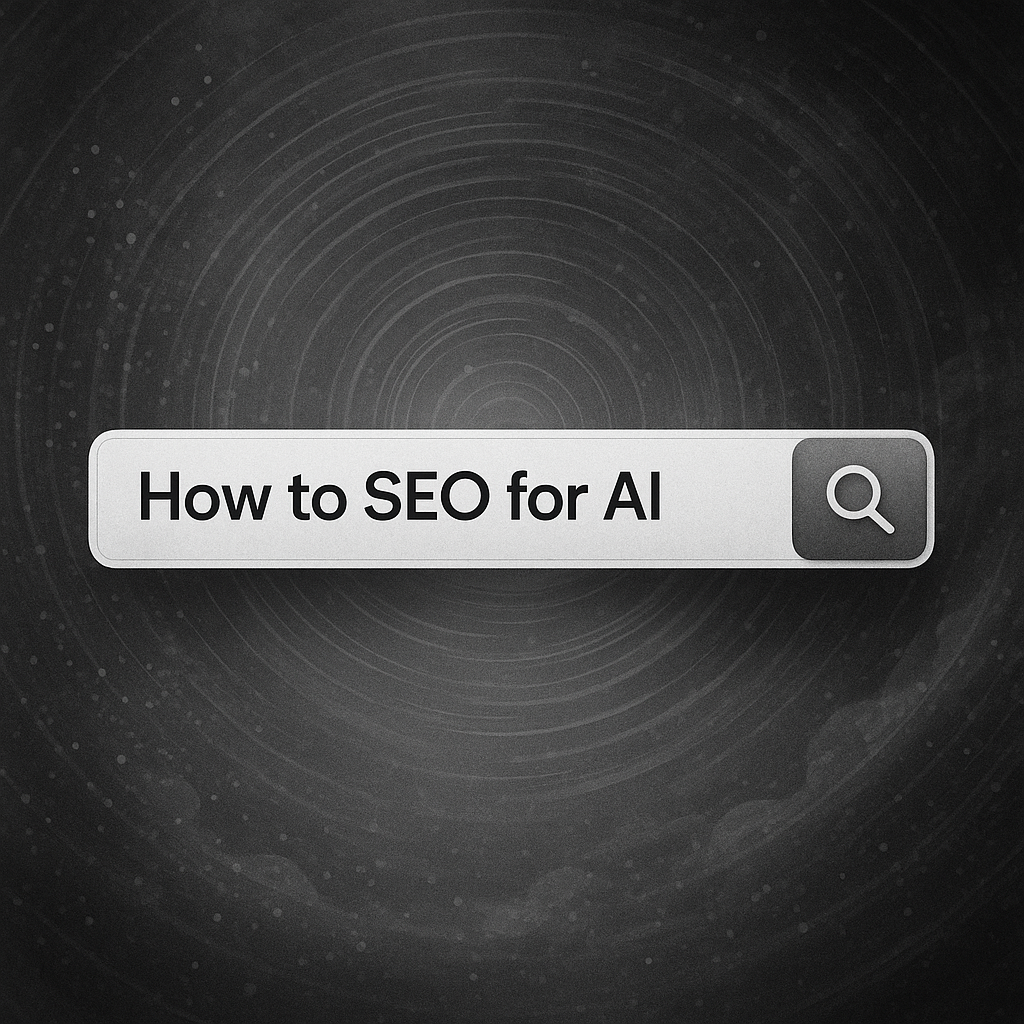As we dive deeper into the decentralized world, flywheel marketing and the circular economy are becoming terms I am hearing more often.
Though stemming from different disciplines, both models place emphasis on cyclical processes that continually add value.
Imagine you have a toy train that runs on a circular track. Now, instead of using a battery that dies and needs replacing, this train is powered by sunlight. The more people play with it and share it with their friends, the more sunlight it can collect, making it run faster, longer and storing sunlight for other possible uses.
Now, imagine the possibilities when we apply a similar mindset to web3 projects. Let's explore.
The Flywheel-Circular Confluence
At its core, the flywheel marketing model keeps the customer at the center. It abandons the traditional endgame of customer acquisition and instead focuses on harnessing the power of satisfied customers to drive growth. This results in a perpetual loop: attract, engage, delight, and repeat.
The circular economy, on the other hand, revolves around the principles of reuse, repair, and recycling, breaking free from the linear 'take-make-waste' paradigm. It promotes the continuous use of resources, maximizing their utility and minimizing waste.
Now, imagine merging these concepts.
A web3 project that not only keeps the customer at its core but also integrates principles of reuse and sustainability. Such a project would champion decentralized, trustless ecosystems where users not only drive the marketing cycle but also contribute to an efficient and sustainable network.
Web3 Applications of Flywheel-Circular Model
- Community-Powered Platforms: The decentralized ethos of web3 naturally aligns with flywheel marketing. Web3 projects can develop platforms where users are both contributors and beneficiaries. Think decentralized finance (DeFi) platforms where users provide liquidity, stake, and in return, earn rewards. This creates a self-propelling system where users are continually attracted, engaged, and delighted.
- Tokenomics and Sustainability: Circular economy principles can be embedded within a project's tokenomics. Imagine tokens that incentivize users for recycling digital assets or contributing to the sustainability of the network, fostering a system of continuous value addition.
- NFT Marketplaces: The flywheel model can be tailored to fit the unique needs of NFT platforms. As artists create and list their NFTs, collectors can engage by purchasing or staking. The delight phase could involve exclusive access to artist meetups or virtual galleries. Further, integrating circular principles, artists could license their NFTs for reuse or remixing, ensuring the art's utility is maximized.
- Circular Platforms in Web3: Just as circular platforms connect buyers and sellers in the traditional space, decentralized platforms can facilitate peer-to-peer exchanges of underutilized assets in the web3 ecosystem. Whether it's underutilized bandwidth, storage, or computational power, these assets can be traded, shared, or leased, promoting a sustainable digital economy.
- Trustless Reviews and Recommendations: Trust is pivotal in both the flywheel and circular models. Web3 can utilize decentralized verification systems to authenticate reviews and recommendations. This could revolutionize platforms like Yelp or TripAdvisor, where trustworthiness is paramount.
The Path Forward
The confluence of flywheel marketing and circular economy principles in the web3 space offers an exciting avenue for projects that aim to be both user-centric and sustainable. As the web3 landscape evolves, it's essential for innovators to think cyclically, ensuring that every strategy employed adds perpetual value to the system. In doing so, we won't just be creating decentralized projects; we'll be shaping a sustainable, decentralized future.






